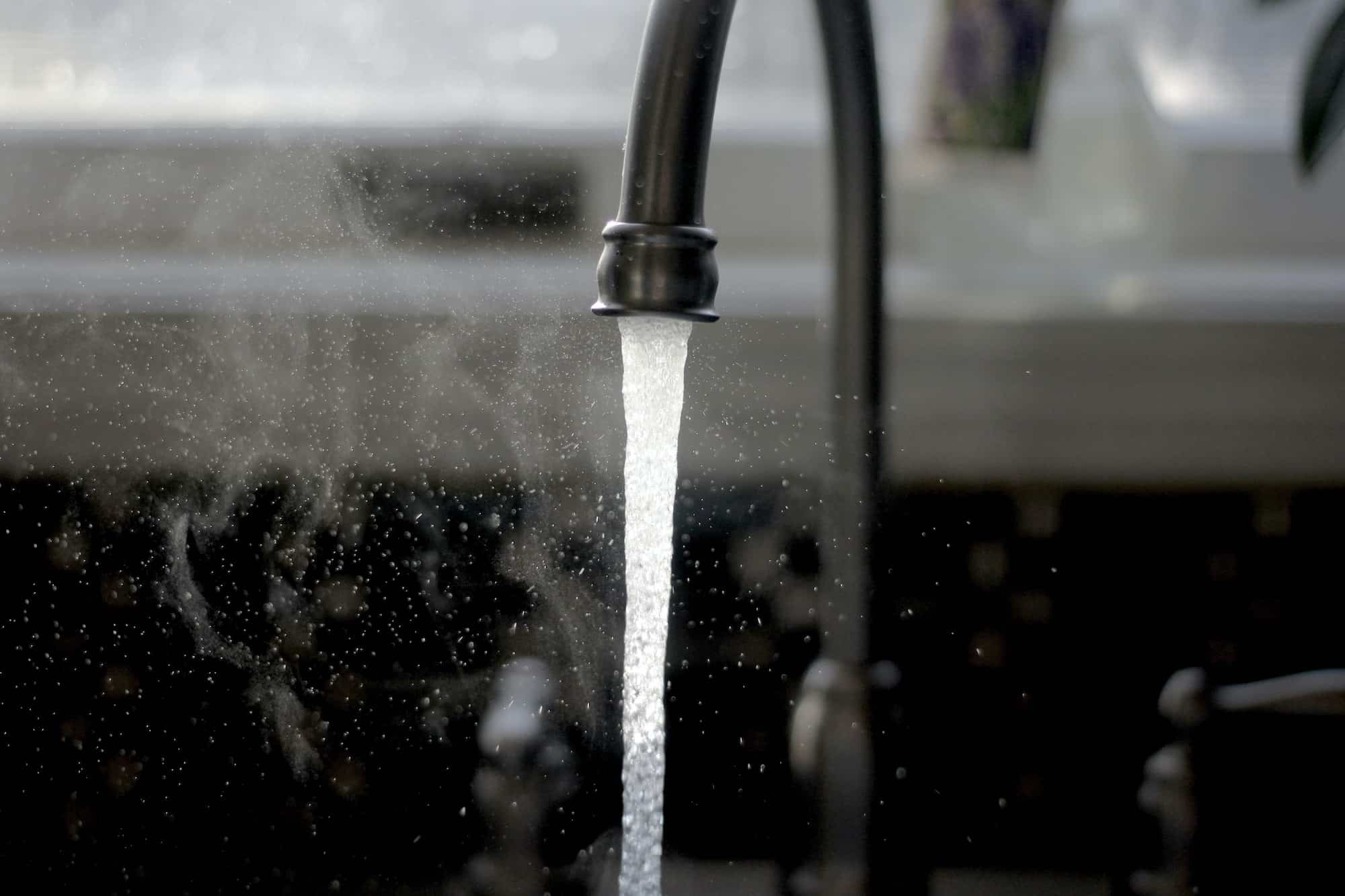BY HANNAH COBB, CNHP
1. CHLORINE – Chlorine is commonly added to water systems across America to act as a disinfectant, to prevent the growth of algae and bacteria, and to control tastes and odors. Chlorine was first permanently used in Lincoln, England, when a contaminated water supply caused an outbreak of typhoid fever in 1905. Alexander Cruickshank Houston fed a solution of chlorinated lime into the water to stop the epidemic.
This solution was later used in the United States in 1908 for the water system that supplied Jersey City, New Jersey. Today, liquid chlorine gas has replaced the use of chlorinated lime in our water systems.
According to the CDC, chlorine levels of up to four milligrams per liter are considered safe and will not likely cause any harm to your health. While most people may think that ingesting a small amount of chlorine each day isn’t going to make a significant impact on health, evidence demonstrates it’s a toxicant to be avoided.
One meta-analysis compared six case-control studies and two cohort studies that observed the association between individual consumption of chlorinated water and bladder cancer.
This analysis compared immediate as well as long-term risk factors and concluded that long-term exposure to chlorinated drinking water was associated with an increased risk of bladder cancer, particularly in men.
Not only is chlorine a problem, but it forms disinfection byproducts (DBPs) when it combines with naturally occurring organic matter in the water. A well known DBP is chloroform, which is classified by the EPA as a Group B2, probable human carcinogen.
Chloroform is vaporized and released into the air through hot showers, swimming pools, or wastewater. It is a known central nervous system depressant causing liver damage and cardiac arrhythmias.






